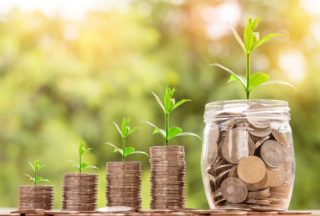-
Japan’s green growth plan targets large expansion of renewables, hydrogen, and ammonia, as well as continued role for nuclear
Date posted:
-
-
-
Post Author
Patrick LaveryCombustion Industry News Editor
-

The government of Japan has released details of its plan for ‘green growth’, following its announcement last year of a 2050 net-zero greenhouse gas emissions target. In the energy sector, Japan sees its electricity demand growing by 30-50% by 2050 as more of the economy is electrified, and it has set a target for a renewables share of 50-60% by the same year. With a current share of 18% in its energy sector, and the growth of electricity demand, this would mean renewables deployment would need to increase 2.6-4 times present levels. After renewables, Japan sees nuclear providing around 30% of its electricity, and the other 10-20% from hydrogen and ammonia. As a shorter-term target, by 2030, Japan wishes ammonia to account for 20% of the fuel it uses for industrial combustion (in co-firing scenarios), and for hydrogen it wishes to reduce the cost of hydrogen to ¥30 (US$0.29/€0.24) per normal cubic metre by 2030, and ¥20 (US$0.19/€0.16) by 2050. As an economy, Japan is targeting using 3 million tonnes of hydrogen per year by 2030, and by 2050 20 million tonnes per year. The various targets give an interesting view on the long-term technological direction that Japan believes it can achieve, one that other countries will be looking to borrow from.
